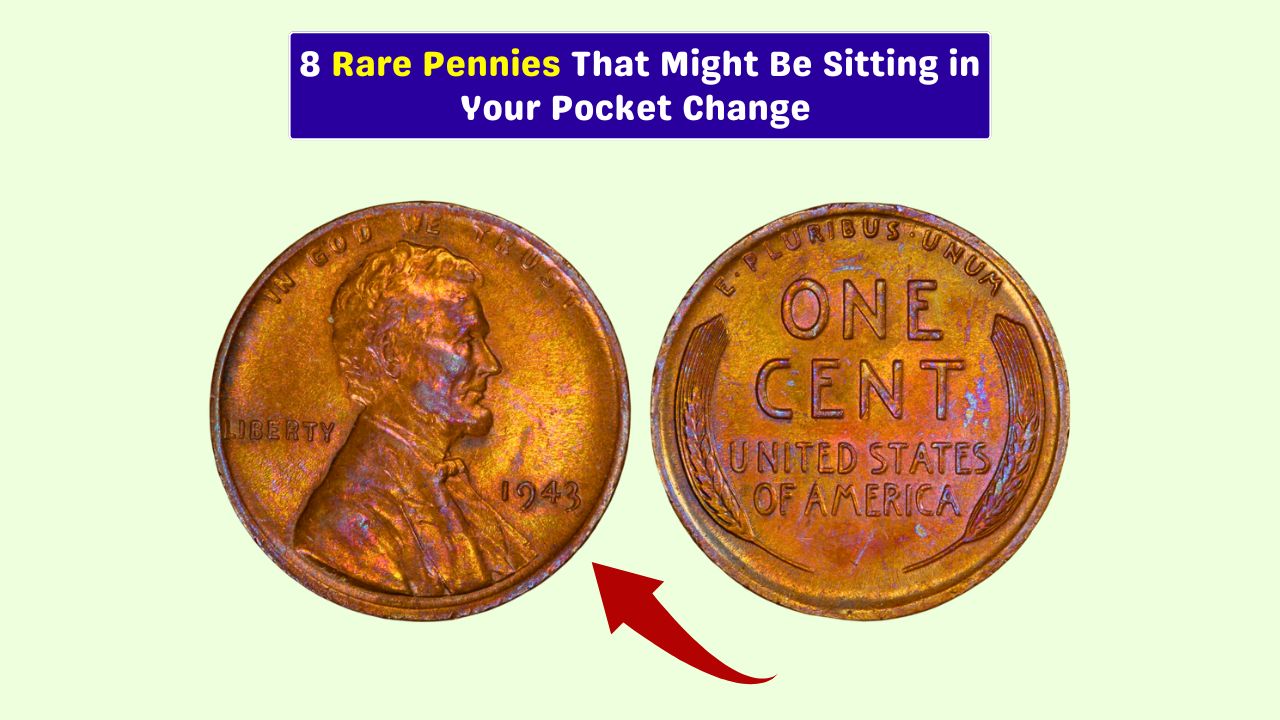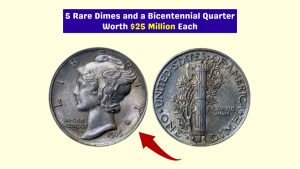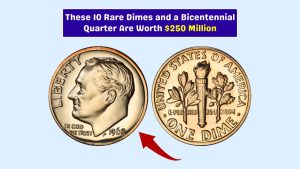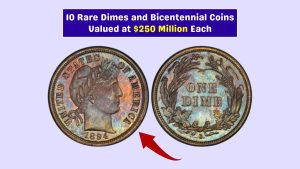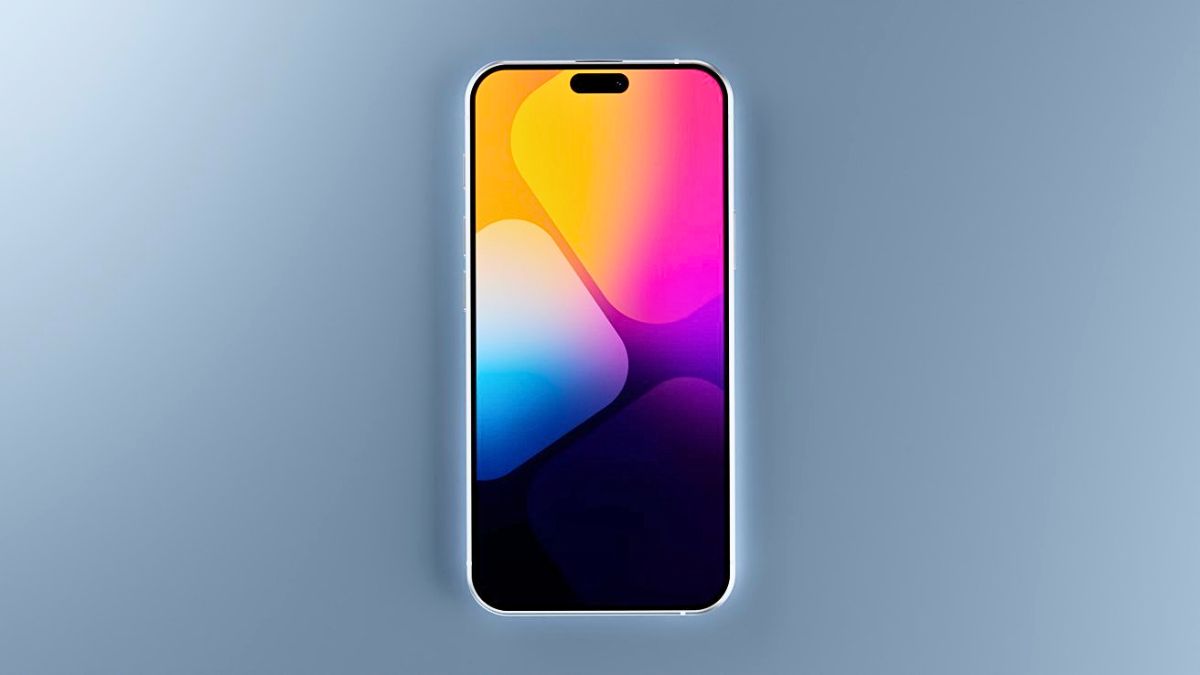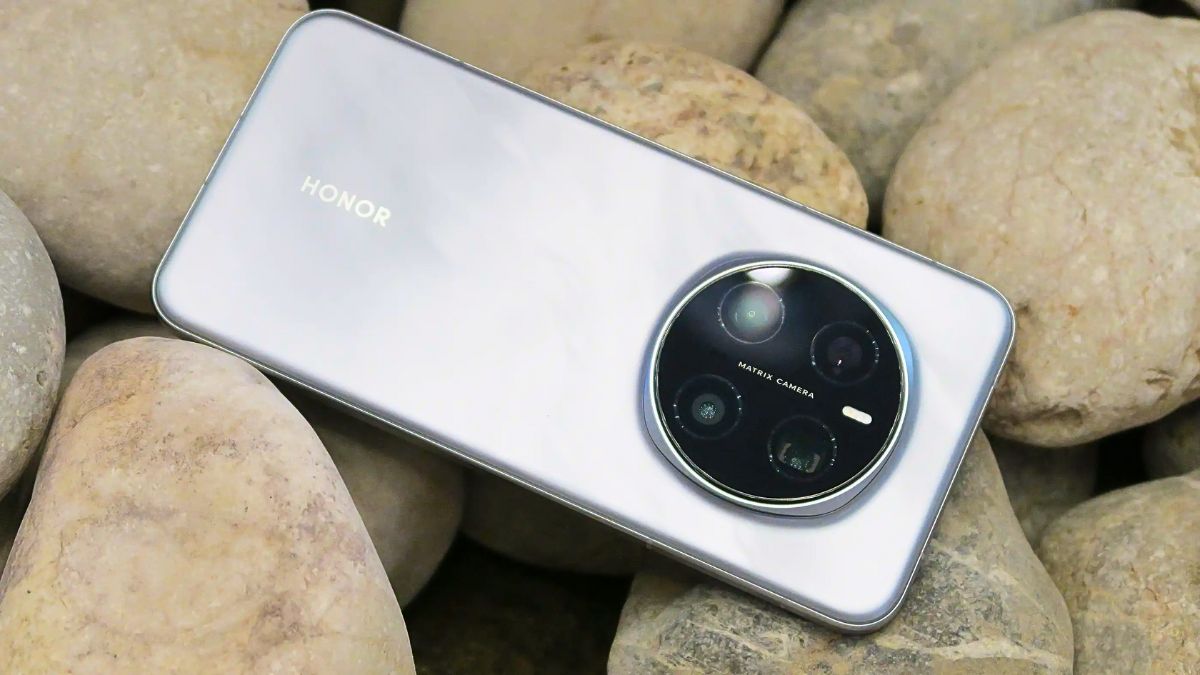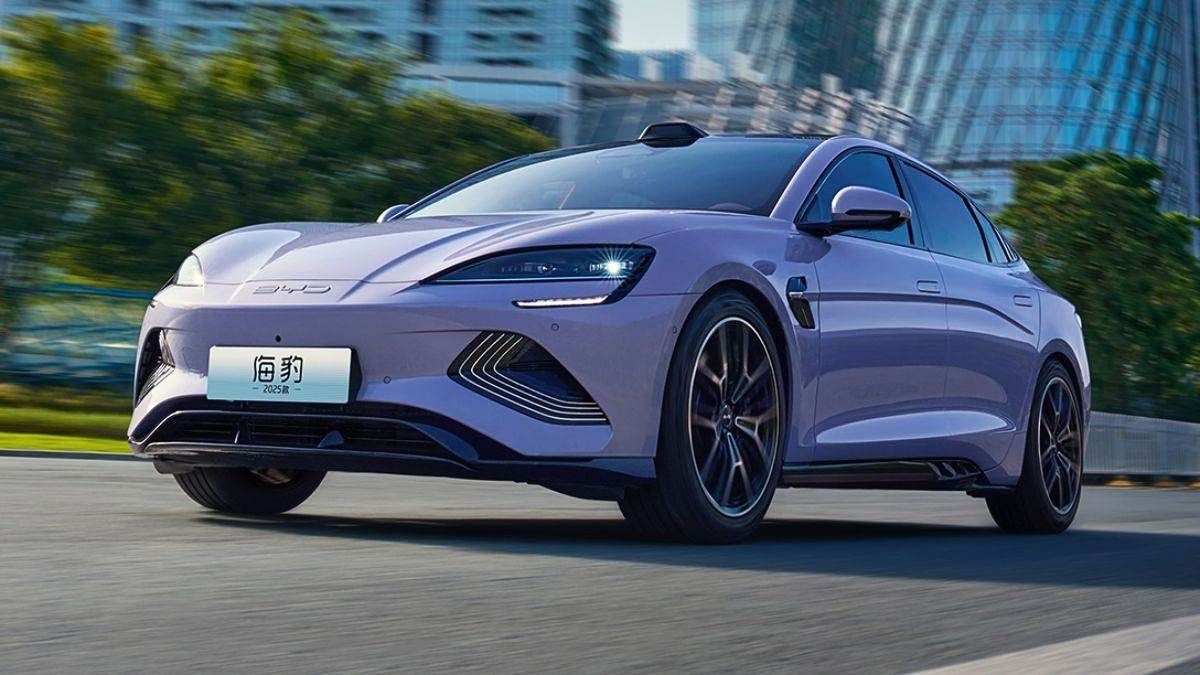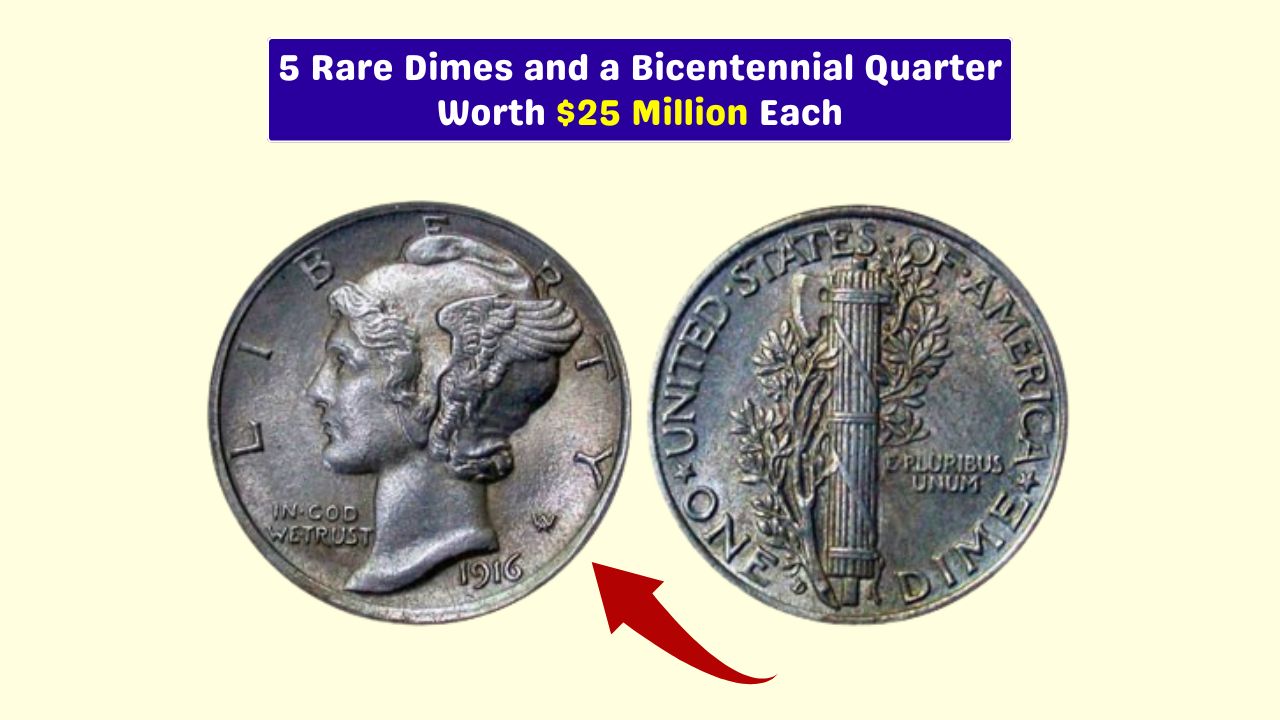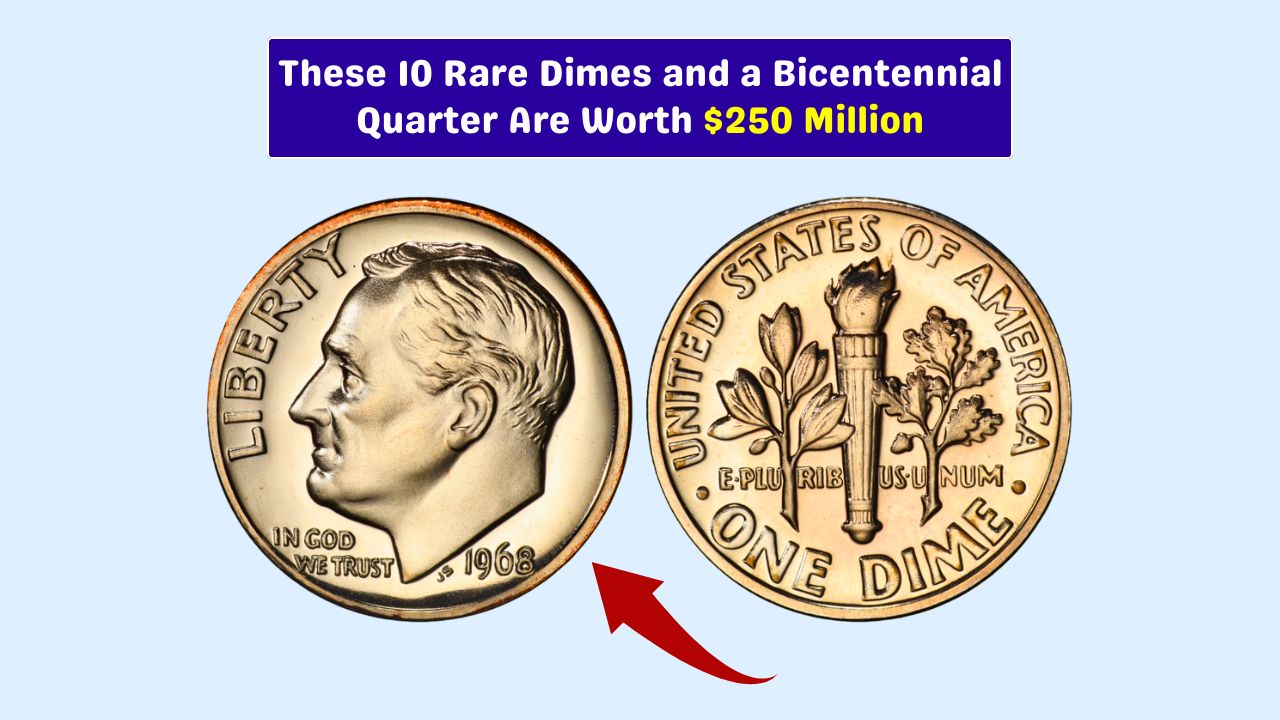Ever checked your loose change and wondered if it’s worth more than a few cents? Turns out, it just might be. Some of the rarest pennies in U.S. history are still occasionally found in circulation—and they could be worth thousands, even millions.
From wartime mistakes to minting errors, these little copper coins might just surprise you. Let’s look into eight valuable pennies that could make you rich.
1943 Copper
In the middle of World War II, the U.S. Mint needed copper for ammunition and switched to zinc-coated steel for penny production. But a few copper blanks accidentally got used in 1943, creating one of the most valuable coins in existence. If you stumble upon one, you’re looking at a potential six-figure payday.
Why it’s rare:
A minting mistake during wartime.
Estimated value: Over $500,000.
1909-S VDB
This coin was the first Lincoln cent, and it proudly displays the initials “VDB” for its designer, Victor David Brenner. But the San Francisco Mint made only a limited number before removing the initials due to controversy, making it a hot item among collectors.
Why it’s rare:
Low mintage and pulled early.
Estimated value: Up to $100,000 in top condition.
1914-D
Another tough-to-find gem, the 1914-D penny was made in small numbers at the Denver Mint. It’s a favorite among Lincoln cent collectors, and finding one in your pocket change would be like winning the coin lottery.
Why it’s rare:
Low production numbers.
Estimated value: $200,000+ in mint state.
1955 Double
Ever seen a penny with double text? That’s the 1955 Double Die. A misalignment during the minting process caused the inscriptions to appear twice, making it easy to spot—and highly collectible.
Why it’s rare:
Obvious doubling on “LIBERTY” and the date.
Estimated value: $10,000–$50,000+.
1944 Steel
After switching back to copper in 1944, the Mint accidentally used leftover steel blanks from 1943. Only a handful of these coins exist, and collectors are more than willing to pay big bucks for them.
Why it’s rare:
Wrong metal used by mistake.
Estimated value: Up to $75,000.
1877 Indian
This Indian Head penny is a crown jewel for any serious coin enthusiast. With extremely low mintage, especially in good condition, it’s a rare find that’s worth thousands.
Why it’s rare:
One of the lowest mintages of the Indian Head series.
Estimated value: $10,000 or more.
1922 No D
Every Denver-minted coin should have a “D” mintmark. But in 1922, a minting error led to some coins missing that tiny letter entirely. That little absence makes this coin extremely valuable.
Why it’s rare:
Mintmark was accidentally left off.
Estimated value: Around $20,000 or more.
1943 Bronze
Yes, there’s another 1943 penny on this list—this time struck in bronze instead of steel. It’s arguably the holy grail of pennies. One sold for a jaw-dropping $1.7 million!
Why it’s rare:
Bronze used by accident in a steel-only year.
Estimated value: $1,000,000+.
Here’s a quick look at the values:
| Penny Type | Year | Material Mistake? | Est. Value |
|---|---|---|---|
| Copper Penny | 1943 | Yes | $500,000+ |
| VDB Penny | 1909-S | No | $100,000+ |
| 1914-D Penny | 1914 | No | $200,000+ |
| Double Die Penny | 1955 | Yes | $10,000–$50,000 |
| Steel Penny | 1944 | Yes | $75,000+ |
| Indian Head Penny | 1877 | No | $10,000+ |
| No D Penny | 1922 | Yes | $20,000+ |
| Bronze Penny | 1943 | Yes | $1,000,000+ |
So next time you’re digging through the couch cushions or grabbing change at the store, take a closer look. You never know—your next penny could be worth a small fortune.
These rare coins are more than spare change; they’re miniature pieces of American history with price tags to match.
FAQs
How do I know if my 1943 penny is copper?
Use a magnet—copper won’t stick, but steel will.
What makes the 1909-S VDB penny special?
It’s the first Lincoln cent with limited mintage and VDB initials.
How much is a 1955 Double Die penny worth?
Depending on condition, $10,000 to over $50,000.
Is the 1943 bronze penny real?
Yes, and it’s one of the rarest U.S. coins ever made.
Can I still find rare pennies in circulation?
It’s rare, but some have been found in pocket change.
